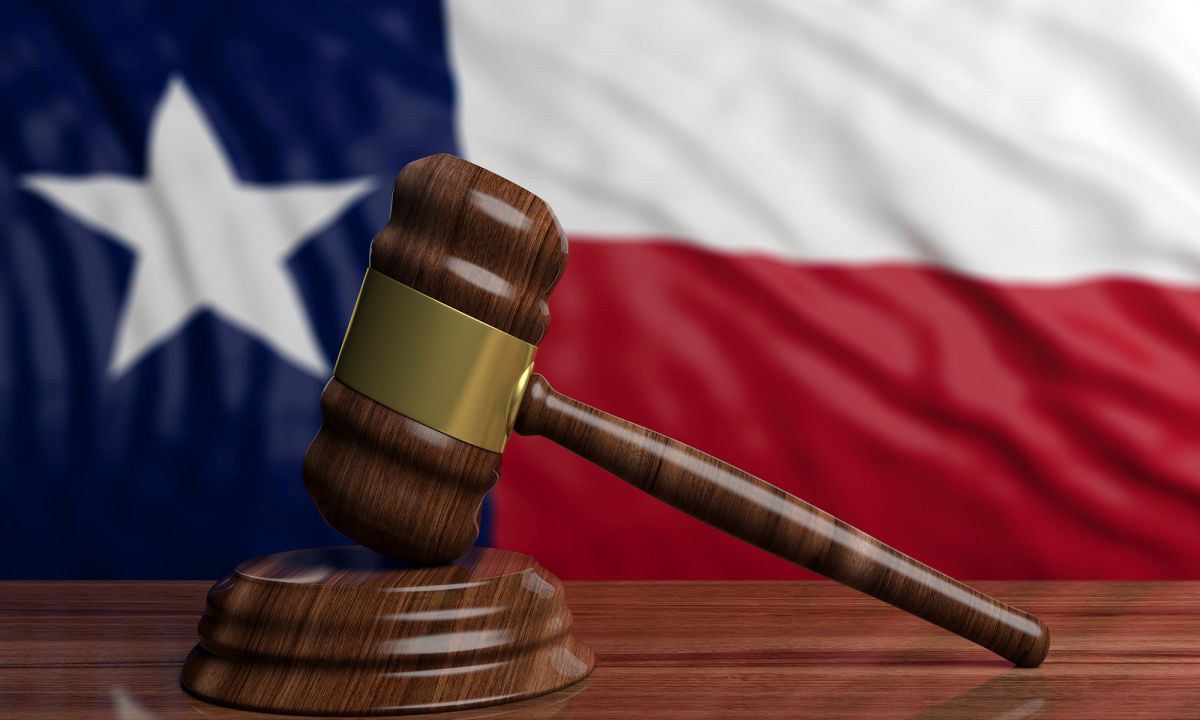Construction, eNews
Dancing with Debt: The Texas Two-Step Bankruptcy

For the past several years, a number of Chapter 11 debtors, typically with significant mass tort exposure, have used a bankruptcy strategy known as the “Texas Two-Step” to resolve mass tort liability in a bankruptcy forum while shielding their operating businesses from the direct impact of bankruptcy.
The name “Texas Two-Step” arises from a unique aspect of Texas corporate law: the divisional merger. “There’s a Texas state corporate law known as a divisional merger, which allows a company to split itself into two or more entities, one of which keeps the valuable, profitable business, while the second company is given all the liabilities related to mass tort asbestos claims and litigation,” said Bruce Nathan, partner in the Bankruptcy and Restructuring Department of Lowenstein Sandler LLP (New York, NY).
In some cases, a funding agreement or corporate guarantee serves as the mechanism for the company with the mass tort liabilities to pay claims. “But the company that was left with the mass tort liabilities files a Chapter 11 bankruptcy to try to settle these claims through a collective bankruptcy process rather than having them go piecemeal through the tort system,” Nathan said.
Not all Texas Two-Step debtors start out as Texas entities, said Andrew Behlmann, also a Lowenstein Sandler partner (Roseland, NJ). “You may have a Delaware corporation, for instance, that wants to undergo a divisive merger,” he said. “Interestingly, Delaware is the only other state that has a divisive merger statute, but it is very rarely used, and it is almost never used in the two-step bankruptcy context.”
That leads to the “Texas Two-and-a-Half Step,” Behlmann explained, in which a non-Texas entity first merges into a newly created Texas entity. “Now you have a Texas entity that can go through a divisive merger and proceed down the Texas Two-Step path.” A non-Texas entity cannot directly undertake a divisive merger under Texas law.
Is the Texas Two-Step a Bad Faith Filing?
Critics have alleged that the strategy was intended to obtain a discount on mass tort claims or to delay plaintiffs’ day in court. Supporters of the strategy maintain that it facilitates the orderly resolution of claims—typically numbering in the thousands—while simultaneously preventing bankruptcy from directly disrupting the operating businesses that typically fund the process. Although claimants and their counsel have supported the bankruptcies of solvent companies in the past, “recent filings have attempted to minimize the burdens of bankruptcy and the significant control that claimants often have in that process,” reads a Kennedys’ article. “Claimants and their attorneys have cried foul.”
Just because the Texas Business Corporation statute permits the Texas Two-Step does not mean that bankruptcy courts will automatically allow a bankruptcy filing where the company with the assets is not part of the bankruptcy, said Jason Torf, Esq., partner at Tucker Ellis LLP (Chicago, IL). “Often, tort claimants object first to the motion by the debtors to extend the automatic stay to the company with the assets that’s not in bankruptcy,” he said. “You’ll also see these tort claimants file a motion to dismiss the bankruptcy case as a bad faith filing and so far, those efforts by tort claimants have largely succeeded.”
One contested case is the dismissal of the LTL Management LLC Chapter 11 case. Johnson & Johnson Consumer Products (JJCP) followed the Texas Two-Step playbook, allocating its mass tort liability to a new entity, LTL Management LLC. According to tort claimants’ counsel, LTL has attempted to use the Texas Two-Step maneuver to enable J&J to evade accountability for thousands of cancer cases allegedly caused by its talc-based products. In a September Senate Judiciary Committee hearing, U.S. Senate Majority Whip Dick Durbin (D-IL), Chair of the Senate Judiciary Committee, questioned Dr. Erik Hass, J&J Worldwide Vice President of Litigation, and accused J&J of manipulation of bankruptcy. “You’ve dismissed the claims against you for possible asbestos in your product calling them meritless, junk-science one-off and beyond that and yet you put a valuation through LTL of $8.9 billion in these claims,” Durbin said. “How can you have it both ways…Luckily, at one or two different levels, the court has said that this is a sham—this is a maneuver that is not anticipated by the bankruptcy code.”
The U.S. Third Circuit Court of Appeals directed dismissal of LTL’s first Chapter 11 case. According to an article from Fierce Pharma, the Third Circuit ruling “prevents J&J from funneling approximately 40,000 lawsuits into its newly created subsidiary, LTL Management LLC, and declaring it bankrupt, a ploy that could save the company billions.” As of Tuesday, Johnson & Johnson is weighing a third attempt to use bankruptcy for an $8.9 billion settlement of tens of thousands of lawsuits that allege tainted talc in the company’s baby powder caused cancer, Bloomberg reported.
How Does the Texas Two-Step Affect Trade Creditors?
Hopefully, not at all. Most trade creditors aren’t aware that their customer is using the Texas Two-Step strategy until the entity with mass tort liabilities goes into bankruptcy. Even then, many Texas Two-Step debtors leave trade liabilities where they belong—with the operating business. Typically, in a case where you’re dealing with mass tort liability, the end goal is to obtain approval of a third-party release coupled with a channeling injunction that funnels those claims to a trust or otherwise, not to impair trade creditors, Behlmann said.
“Tort claimants are going to be the ones to really take the lead in doing this,” Torf said. “They can object to any motion by the debtors to extend the automatic stay to the entity with all the assets because that’s where the ability to recover is. But to recover claims from the entity with liabilities is through a funding arrangement with the entity with the assets. In the event trade liabilities are allocated to the debtor entity that inherits the predecessor company’s mass tort liabilities, trade creditors might consider joining forces with tort claimants in seeking dismissal or other relief.”
Rarely would you see trade creditors as creditors of the company with the mass tort liabilities, Nathan said. “Fortunately, there have been cases where they try to make sure that a Creditor’s Committee is formed to represent the interest of all creditors, including the trade,” he explained. “Usually, the tort claimants in these cases get their own tort claimants committee.”





